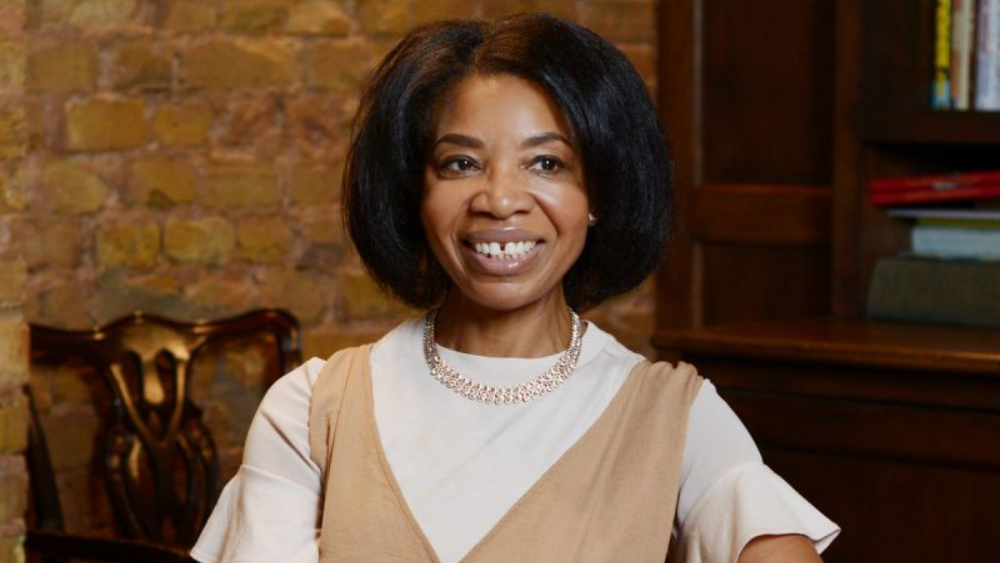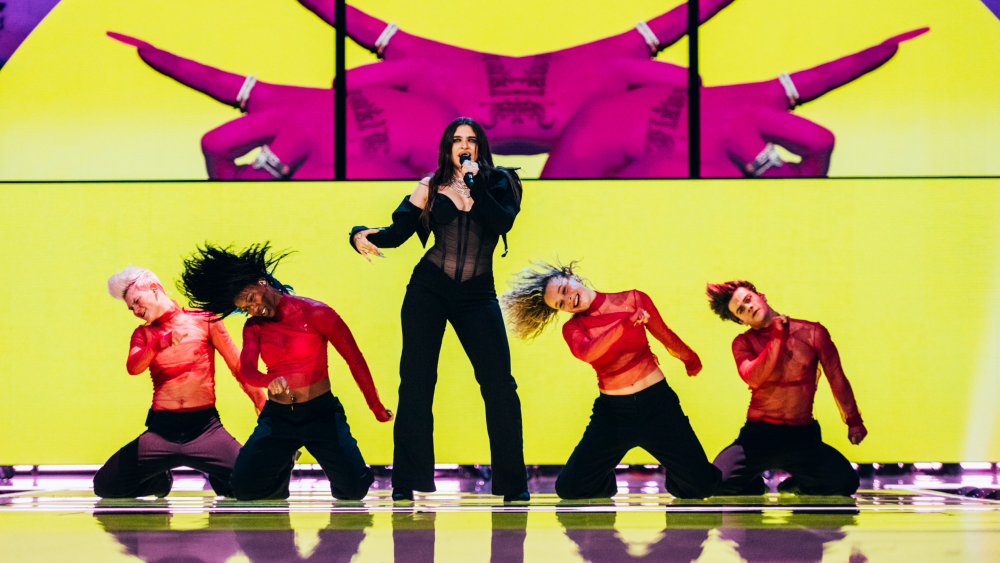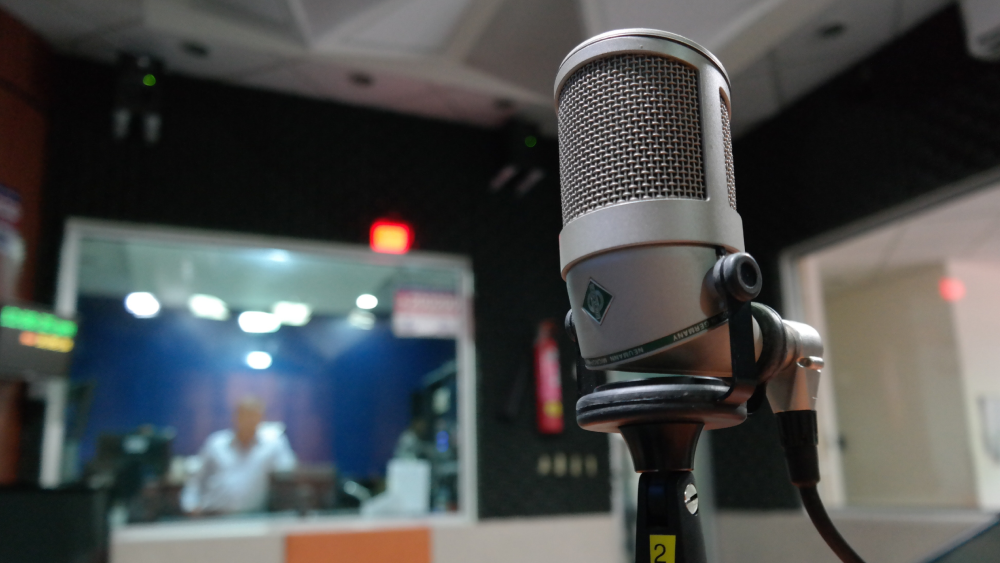As a specialist in multi-disciplinary work and conceptual spatial sound events, she has consistently provided audiences with original experiences.
Previous projects have included collaborations with artists Patrick Morgan and Neil Wilder, at venues like the V&A, and nominations for prizes at NASA/CineSpace and los Angeles Film Festivals.
For her latest work she collaborates with visual artist Lucy Hardcastle and Kings College for an initial three date planetarium tour.
Inspired by the condition Amaurosis Fugax, which causes temporary loss of vision, Amaurosis explores the relationship between sound and vision.
For the initial part of the performance the audience are blindfolded, then after 30 minutes of intense listening they are exposed to Lucy’s visuals.
We caught up with Junkerry to get the lowdown on the motivations behind her latest project, what challenges it threw up and more…
What’s the thinking behind Amaurosis?
Amaurosis is about the art of listening. The idea was to float the listener in an aural sea, to give them the chance to discover what happens when music is heard on a deeper level. The intention is to re-connect us with the music, creating a state of trance, alteration and personal insight.
The piece is named after a rare condition where you lose sight for short time called ‘Amaurosis Fugax.’ I wanted to remove the visual sense so the audience can turn all their focus to listening, allowing our imagination to flow freely.
How did the collaboration with Lucy Hardcastle come about?
I was introduced to Lucy while working on Pigment Channel with the V&A and Royal College of Art. I knew she would get what I was trying to do with Amaurosis and totally trusted her to come-up with visuals that respond to the abstract yet melodic music score.
We both work with textures and layers. She thinks visually as I think musically. We wanted to bring a more tangible aspect to our artistic mediums. Lucy’s work is sensual and abstract, so there's a part of the story that’s never entirely revealed.
What are the unique challenges of working on a multidisciplinary work?
Getting everyone on the same timeline and connecting all the dots between the collaborators and project themes. I have an amazing project producer. It’s a really important element for me and as crucial as the creative process.
And the advantages?
As an artist, you always want to explore un-trodden paths. It’s at a time where the arts are opening-up, giving artists more freedom to work across different media. Most of my projects are art based. It’s very stimulating to navigate new landscapes and collaborate with artists of different backgrounds and experiences.
We have all closed our eyes to listen to music, on the dance floor, in our bedroom, or at a performance. I wanted to raise questions around the art of listening.
The audience are surrounded by eight speakers, so they are completely immersed inside the music, triggering the brain to start generating images and narratives. The magic of spatial sound begins to work, as sound and vocals come and go, appearing and disappearing from different locations.
How do you think peoples’ listening habits have changed and is a work like this an attempt to address that?
Today, the soundtrack never ends! While moving from place to place, shopping, waiting on the telephone, and so on. These background sounds often come in poor quality via mono speakers, computers or earplugs - basically, everything is compressed.
Amaurosis brings spatial sound away from contemporary arts spaces and to a wider audience, using eight speakers or more – to give a fuller, more live experience.
How important is the performance space to the work, and what was the process of choosing the venues?
We are excited to be able to present Amaurosis at a wide variety of venues. The software that we have been developing with Kings College allows me to sculpt the audio in different environments without a complicated PA system.
What’s your view of the role of music and sound in relation to visual work and how do you think that dynamic is changing or evolving?
Visuals Arts have moved forward incredibly with VR, AR and lots more – they are changing the way we experience entertainment, as well as everyday life. Yet, we still listen to mp3 music on our computers and are not taking full advantages of new technology.
It is exciting to be at the spring of new technologies and important at this time for artists to get involved and shape these new tools.
What do you hope to achieve with the project?
My aim is to give people a place to lose themselves in music, creating a suspension in time and aiming for the audience to momentarily un-plug from daily life. We are blurring the line between objective and subjective and leaving the audience feeling refreshed, so they can look at the world with new eyes after the encounter.
What’s next for you?
Right now, we are currently in the process of planning performances for 2020 and scheduling in visits to Berlin, New York and London next year!!
Forthcoming live dates:
Wed Nov 13 We The Curious, Bristol
Thur Nov 14 Think Tank, Birmingham
junkerry.com





